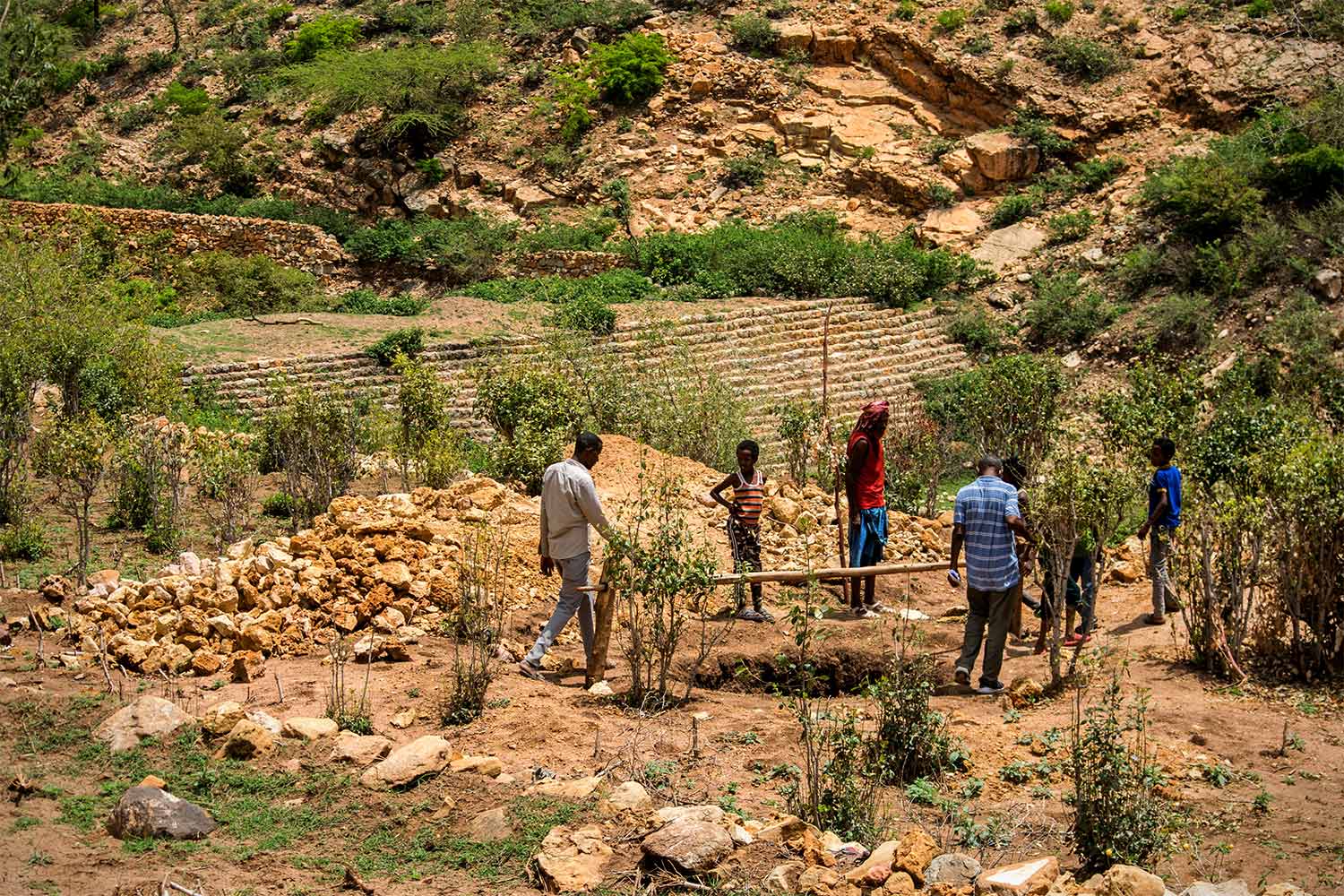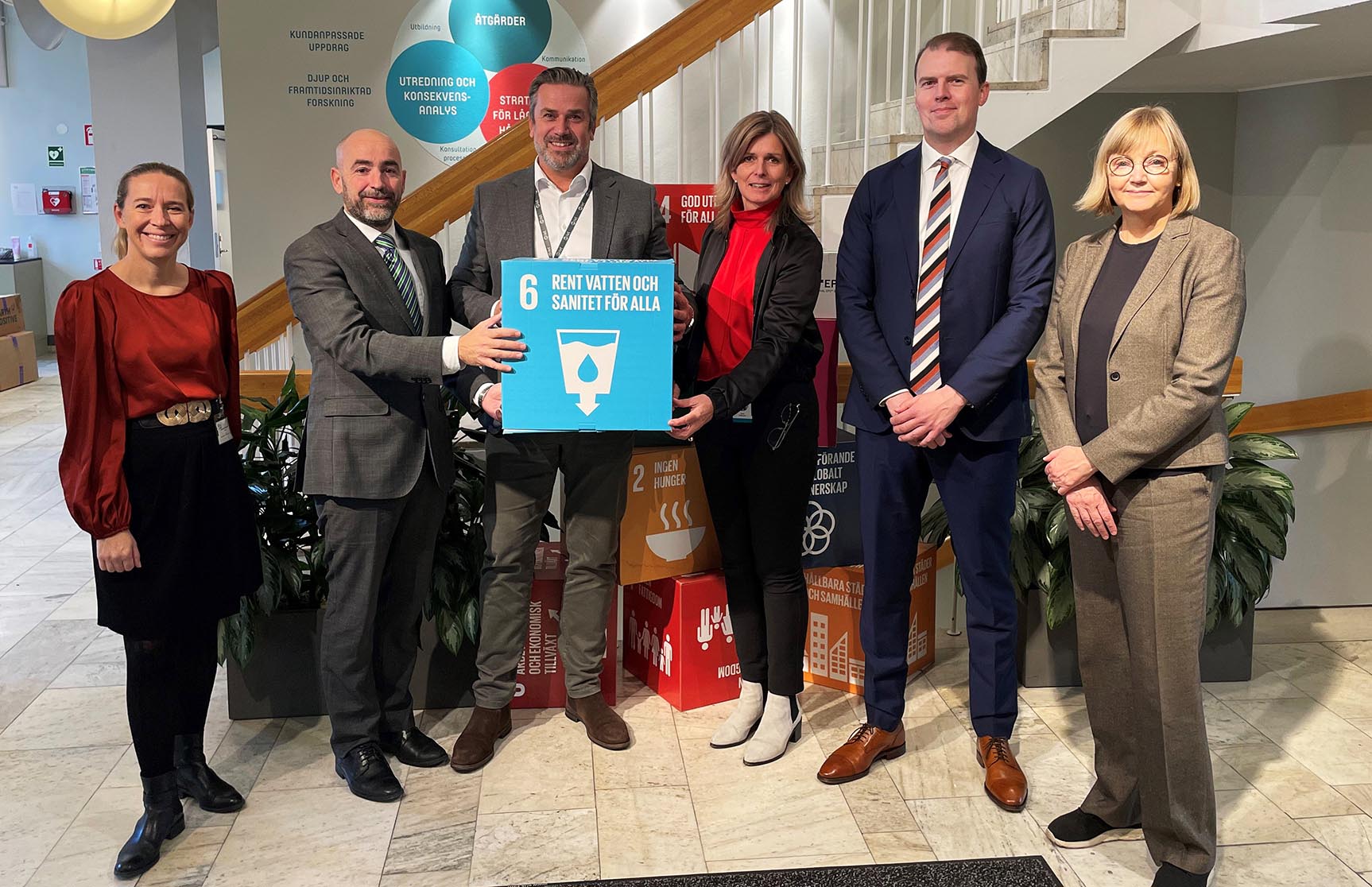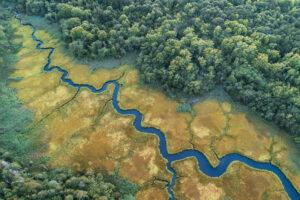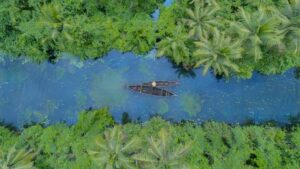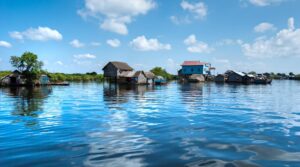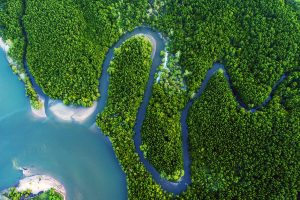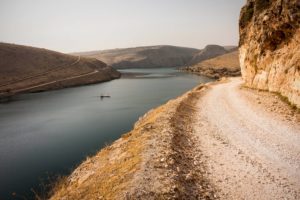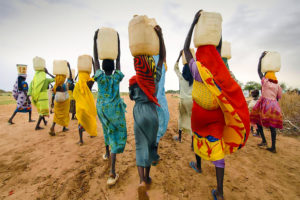In Ethiopia, recurrent droughts, water pollution, deforestation and land degradation are all major threats to water security in the country. Tackling these is a big and complex task, for which a coordinated approach and strong water policy and legislation is needed. This is what the Ethiopia Water and Landscape Governance (EWLG) programme seeks to achieve.
Many of Ethiopia’s water resources are experiencing quantitative and qualitative degradation due to over-abstraction and pollution driven by population increase, urbanisation, and expanding industry. Added to this, is a complex geographical context. Ethiopia is a land of hydrologic extremes with significant inter-annual and seasonal variability, often leading to catastrophic droughts and episodic floods. The substantial lowland areas of the country, which accounts for over 60 percent of the land mass, are generally unproductive due to physical water scarcity. Even in high rainfall areas of the country, water is scarce for much of the year, due to low water-storage capacity, while floods cause havoc during the rainy season.
To address such enormous challenges, all stakeholders must come together in a coordinated response. Government institutions must be strong and have access to the relevant capacity. Historically, this has not been the case in Ethiopia, and the water management has suffered as a result. Through the Ethiopia Water and Landscape Governance programme, SIWI works with all parties to strengthen and coordinate the efforts for a better and more sustainable water governance and security in the country.
The challenge
For some time, the water challenges of Ethiopia have been compounded by lacklustre policy frameworks for water resource management, as well as ineffective institutional arrangements for policy, regulation, implementation, and enforcement. The glaring examples of water resource management failures in Ethiopia include the demise of Lake Haramaya, the shrinking of Lake Abijata, the pollution of Awash River and Ziway and Hawassa Lakes; and siltation of Koka and Gilgel Gibe Dams and many other smaller micro-dams.
In response to these water security and governance issues, Ethiopia adopted the principles of Integrated Water Resources Management, but the implementation is constrained by capacity limitations and lack of coordination amongst the key government institutions and other stakeholders.
It is against this context that the Ethiopia Water and Landscape Governance programme seeks to strengthen the capacity of the federal government of Ethiopia, particularly the Ministry of Water, Irrigation and Energy, and other relevant institutions to accelerate implementation and institutionalization of Integrated Water Resources Management, to achieve sustainable water governance and water use.
Objectives
The guiding principle of the Ethiopia Water and Landscape Governance programme is that improving the capacity of government institutions mandated to manage water resources will, through multi-faceted capacity building interventions, translate into improved water governance and water security in Ethiopia.
Key objectives are:
- Improved policy and legislation on water resources governance and management
- Increased capacity of state organisations to implement Integrated Water Resources Management.
- Improved coordination and promotion of multisectoral approach to water and land resources planning and management
- Improved capacity to monitor, and regulate water resources use and environmental compliance in textile factories
The programme is responding to Ethiopia’s water and land issues through implementation of a suite of interventions, such as technical assistance on water policy and law reform, capacity building support on strategic basin planning, accelerating implementation of Integrated Water Resources Management, training of rural communities on resilient landscape restoration, and capacity building focused on improving resource use efficiency and environmental compliance within the textile sector in Ethiopia.
Activites
Ethiopia Water and Landscape Governance programme has, among other activities, successfully…
- provided technical support to finalise development of the National Integrated Water Resources Management plan – a strategic tool for guiding Ethiopia’s water resources management policy and practice.
- completed a comprehensive review of Ethiopia’s groundwater law and policy.
- conducted pre-assessment studies of textile factories and industrial parks across the country.
- supported the convening of wide-ranging national and basin level dialogues on Integrated Water Resources Management.
- provided technical support to develop sub-basin plans for the Rift Valley Lakes Basin.
- trained government officers on Private Public Partnership as a strategy to mobilise means for water resources management and development.
- completed stakeholder analysis for landscape restoration at Hawassa sub basin level.
- developed a training guide and programme for landscape restoration, targeting District Level agricultural and NRM experts, extension workers, development agents and local communities.
- continued to integrate gender and youth across the programme activities implemented.
